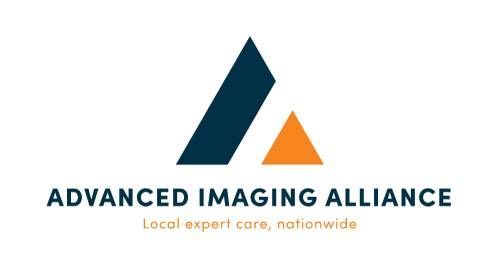How to Know If and When You Need a 3D Digital Mammography
3D digital mammography is an advanced imaging tool used to detect breast cancer. 3D mammography combines multiple breast x-rays to create a single three-dimensional image of the breast, while 2D mammography typically involves two pictures of each breast – one from the top and one from the side.
In 3D digital mammography, the x-ray tube moves in an arc around the breast while taking multiple images from different angles. Similar to a computed tomography (CT) scan, a computer then reconstructs the images into parallel “slices” through the breast, which allows the radiologists to see through the layers of overlapping breast tissue.
More patients are undergoing 3D digital mammography than ever before. In fact, screening with 3D digital mammography jumped from 13% to 43% of all breast screening exams. This jump in 3D mammograms is for good reason, too. When it comes to detecting breast cancer in its early stages, 3D mammography has become the standard of care, as it has distinct advantages over 2D mammography.
Do You Need 3D Mammography?
3D digital mammography is recommended for anyone who needs a mammogram. Patients who have dense breasts, for example, will benefit especially from a 3D digital mammography. Dense breast tissue looks white on conventional mammography. Breast masses and cancer also appear white on images, which can make it difficult to detect them in dense breast tissue using just a 2D mammography. 3D mammography is the better option if you have dense breast tissue, as it allows your radiologist to get a better visual of what is really going on inside the breast.
If you have a high risk of breast cancer, you should consider a 3D mammography. 3D mammography allows your radiology team to capture accurate, up-close images of your breast tissue and then enlarge or move the images to get a better view of areas that may be of concern. The technology also improves the detection of smaller breast cancers earlier and helps doctors more accurately determine the size and location of these cancers.
3D mammography is also highly accurate and can reduce the rate of late-stage breast cancer among women with dense breasts or who are at high risk for breast cancer. The approach also reduces false-negative results, which result in needless anxiety and unnecessary testing.
You may also benefit from 3D mammograms if you have breast implants. Most breast implants are made from silicone or saline, and both can blur the view of the breast tissue behind the implant with 2D mammography. 3D mammograms provide clear images of the tissue surrounding the implants.
While 3D digital mammography provides superior results, it also requires special skills to perform and interpret. For more information on 3D digital mammograms, consult with the specialists at Naugatuck Valley Radiology. Our digital imaging center specializes in breast imaging, including MRI, ultrasound, and image-guided biopsies. Each year our imaging centers earn the American College of Radiology’s distinction as a Breast Imaging Center of Excellence. Trust our team to provide the radiology services and care you need. Contact us to learn more.





